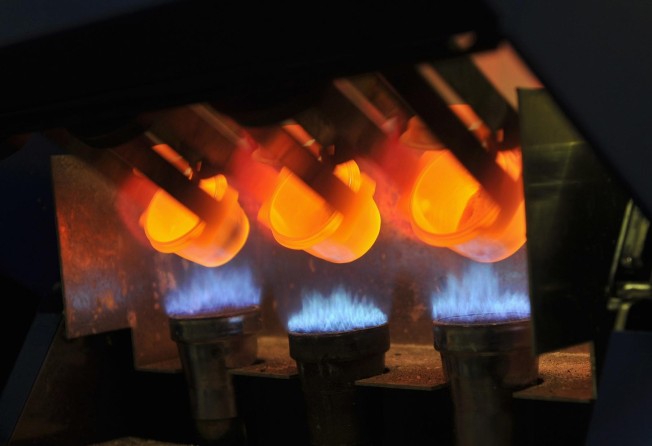
Prices of rare earths to fall on rising supply and possible Chinese undercutting

Rare earth elements will drop further in value this year as new mines boost output and after China lost a trade dispute over its export controls, while demand for high-technology products disappoints.

A few rare earths attempted a rally late last year but remain well below the spike three years ago after China clamped down on exports.
The world's second-biggest economy, which not only produces 90 per cent of global rare earths but is the largest consumer, lost a dispute at the World Trade Organisation on Wednesday.
A consultant said a price war could break out after the United States, European Union and Japan won their case over export restrictions they said gave Chinese firms an unfair competitive edge in key hi-tech sectors.
"If the recent WTO ruling leads to a softening of China's rare earth industry policy measures, the nation's only tangible defence becomes competing head to head on price with emerging global producers," said Ryan Castilloux, founding director at Adamas Intelligence.
Investors are already worried about excess supply as US mining group Molycorp and Australia's Lynas boost output at their new mines.
"We still remain concerned about the likely downward pressure on rare earth pricing if Molycorp achieves its production guidance by the fourth quarter of this year," JP Morgan analyst Michael Gambardella said in a note.
"We continue to believe that all rare earth prices will move meaningfully lower as Molycorp and Lynas ramp to just their full Phase 1 capacities."
Molycorp aims to boost output to 20,000 tonnes a year, after producing about 1,000 tonnes of rare earth oxides in the fourth quarter.
"If we start seeing new mines being constructed outside China and demand does not grow to absorb this new production, then China may see its [rare earth element] industry, at least the upstream end of it, under threat, leading it to undercut competitors on price," Castilloux said.
China has been struggling to control illegal mining and smuggling in its rare earth industry even though it has carried out a two-year campaign to consolidate output in the hands of big state-owned miners.
Praseodymium - used in aircraft engines as well as magnets for electric vehicles and wind turbines - rocketed more than 12-fold from US$19.75 a kilogram in January 2010 to a peak of US$250 in August 2011.
It slid to US$74.50 early last year after speculators liquidated positions and has bounced back to US$122.50 as consumers ran out of stocks, but Gambardella expects it to head back down to US$55 by next year.